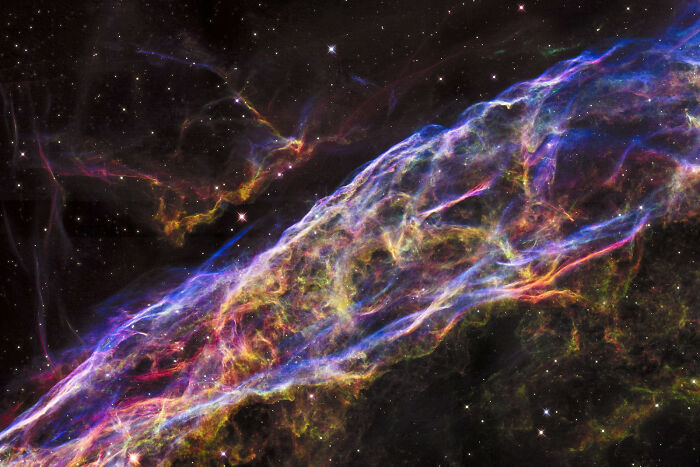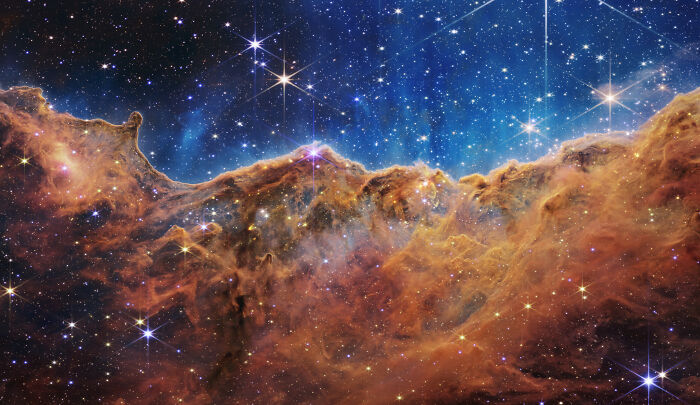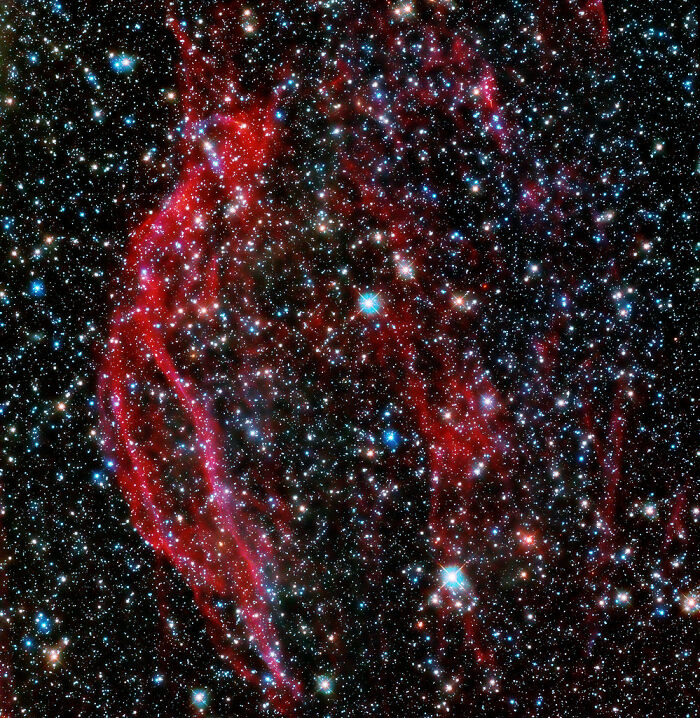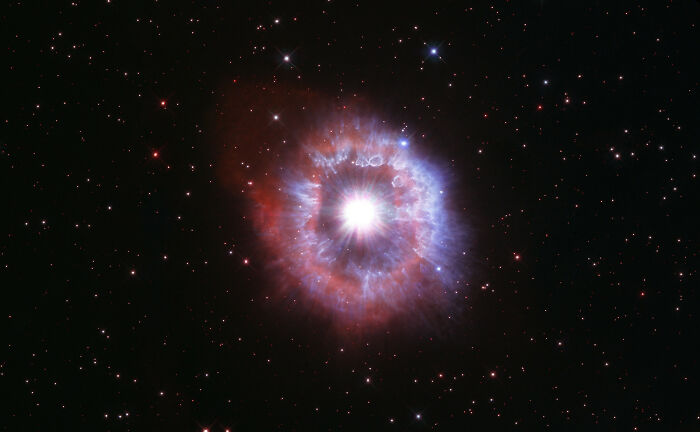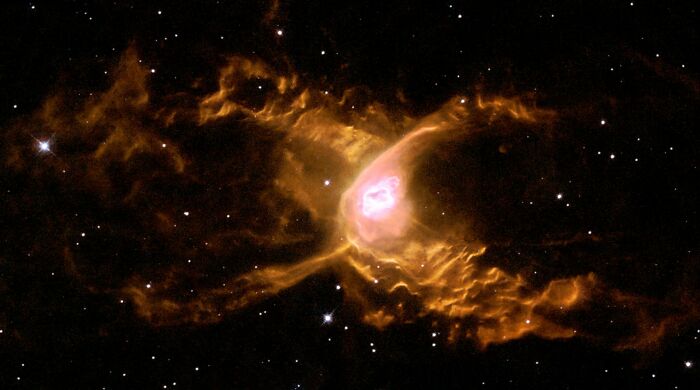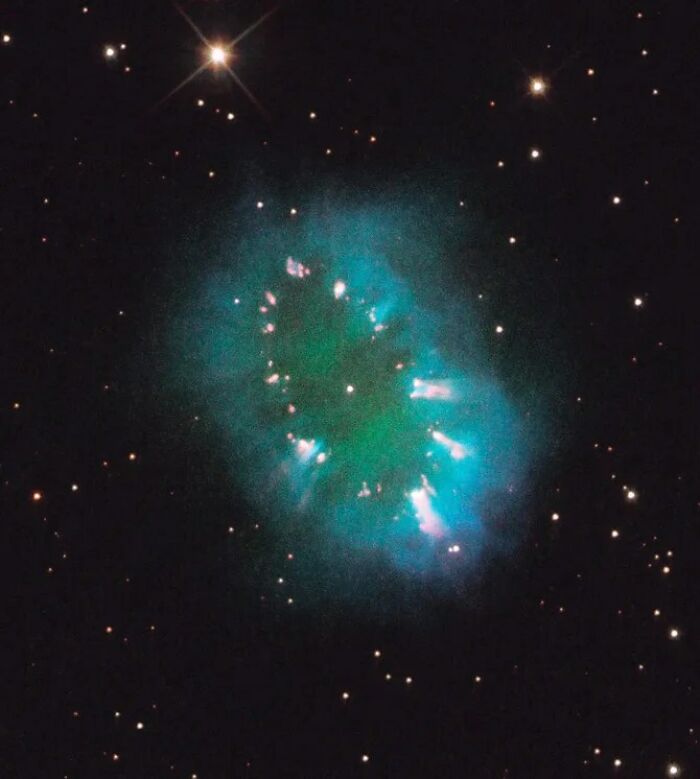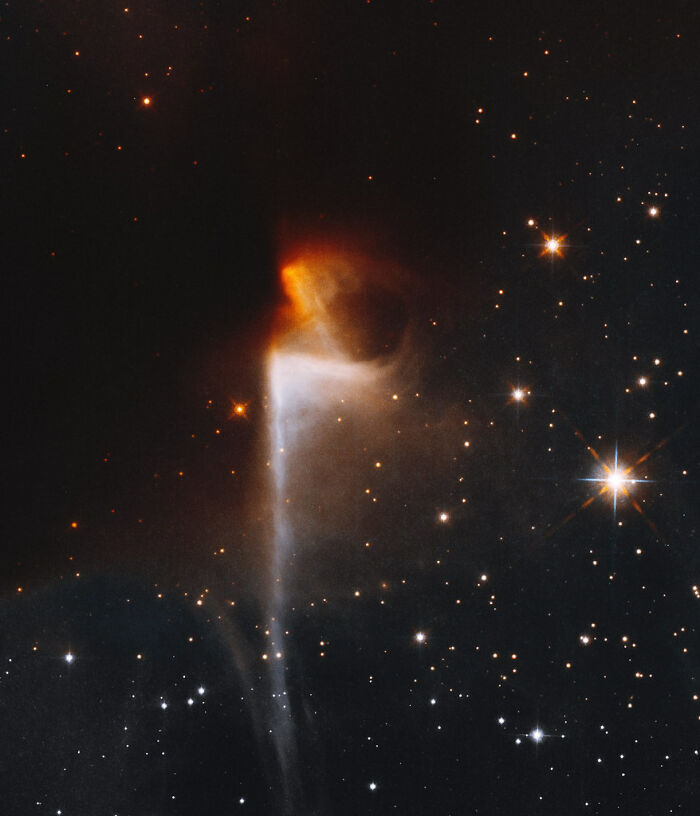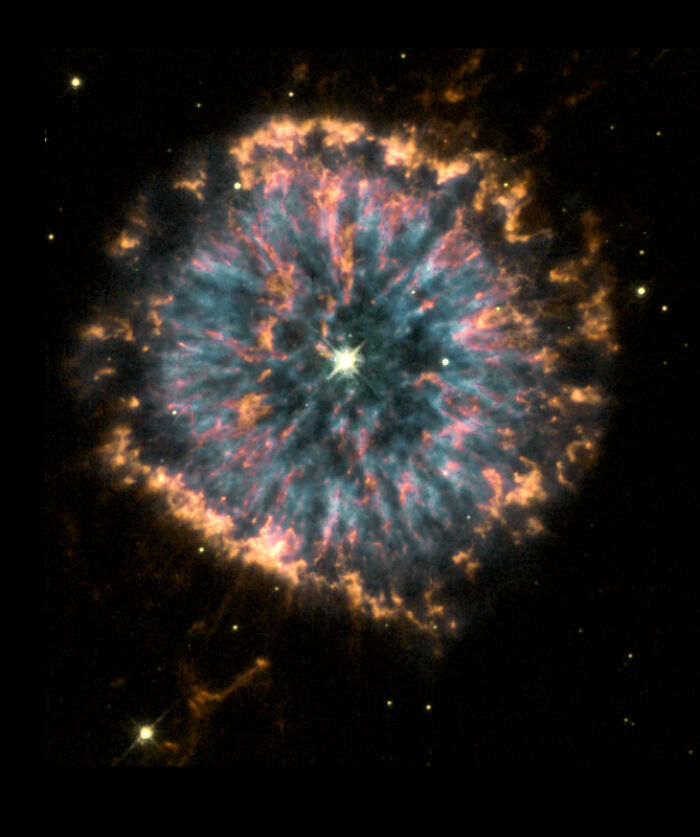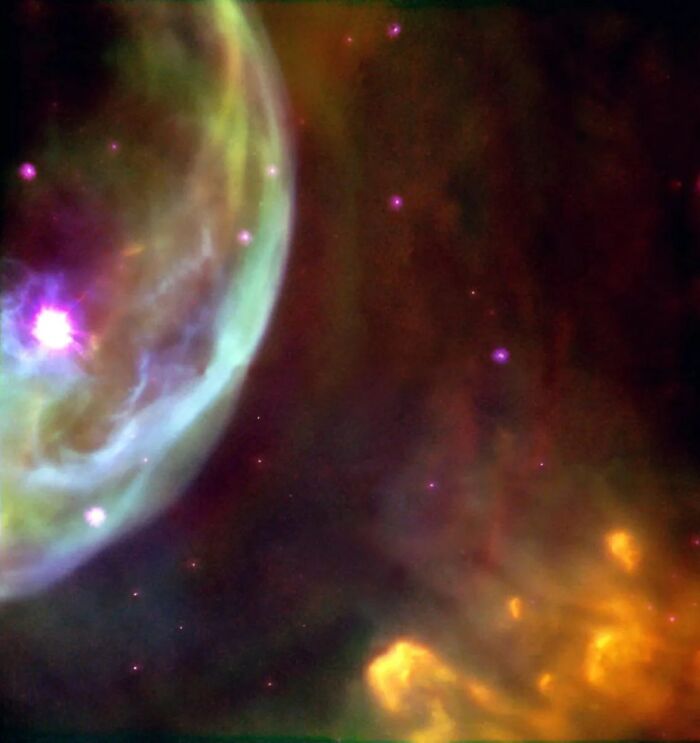
78 Mind-Blowing Nebula Pics That Prove Just How Captivating Interstellar Space Is
If you’ve ever looked up at the clear night sky, it’s likely you’ve marveled at the sheer number of stars shining down on you. But have you ever wondered where all those stars came from? Well, every one of them was born in a nebula.
A nebula is an enormous cloud of dust and gas, mostly hydrogen and helium, occupying the space between stars, or interstellar space. Modern telescopes have given us spellbinding images of these colossal celestial bodies and here are some of our favorites.
This post may include affiliate links.
Cygnus Supernova Remnant
Keyhole Nebula
The Butterfly Nebula
Stars form within a nebula through a process of gravity, friction, and heat. The cold temperatures of the molecular clouds cause gas to clump together, forming high-density regions called knots. The clumps' gravity grows as they collect more matter or collide with each other in the volatile heavenly environment.
Eventually, gravity causes the clumps to collapse. As they do so, friction causes the material to heat up until the material at the center of the cloud becomes hot enough to form a protostar, or baby star. When the core of that protostar becomes hot enough, hydrogen begins to fuse into helium, releasing energy and creating a star.
Veil Nebula
Pillars In The Eagle Nebula
The Hourglass Nebula
Nebulae formation can happen in a few different ways, depending on the type of nebula. Stellar nurseries, or emission nebulae, form in regions where gas and dust are dense enough for gravity to cause the material to collapse and form stars. The intense radiation from young, hot stars ionizes the surrounding gas, causing it to glow.
Carina Nebula
Mystic Mountain
Messier 17, Better Known As The Omega Nebula Or Swan Nebula
Other nebulae are supernova remnants, formed when a massive star reaches the end of its life, exploding as a supernova. This violent explosion ejects the star’s outer layers into space, creating a nebula. The Crab Nebula formed from a supernova observed in 1054 CE. Some other types of nebulae include planetary nebulae, reflection nebulae, and dark nebulae.
Cone Nebula
Looks like Cleopatra, Morticia's carnivorous plant, from the TV show "The Addams Family."
Emission Nebula Ngc 2313
Famous nebulae include the Orion Nebula, the Horsehead Nebula, the Eagle Nebula, the Helix Nebula, the Lagoon Nebula, and the Eskimo Nebula. But where do these nebulae get their names from? Well, they’re named after things they resemble, and we can get a really good look at them thanks to the wonders of modern telescope technologies.
Retina Nebula
Horsehead Nebula
Monkey Head Nebula
Supernova Remnant Dem L249
The Hubble Space Telescope is celebrated for capturing breathtaking images of nebulae, including iconic examples like the Pillars of Creation in the Eagle Nebula. Hubble operates in visible, ultraviolet, and near-infrared wavelengths, making it a favorite for detailed studies of nebulae's gas and dust structures.
N 49
Messier 57, Better Known As The Ring Nebula
Cat’s Paw Nebula
The Cat’s Eye Nebula
The James Webb Space Telescope (JWST) observes space in the infrared spectrum, allowing astronomers to look through dust clouds and study star formation. Its advanced technology provides unprecedented detail and clarity, delivering spellbinding images that are helping communities of astronomers theorize about the evolution of the universe.
The ‘Pacman Nebula’
Messier 8 Famously Known As The Lagoon Nebula
Bow Tie Nebula
Tarantula Nebula
The good news is that you don’t need space-age equipment to capture nebulae yourself. This useful astrophotography checklist will guide you through everything you need to photograph deep-space objects.
What do you think of this list of mesmerizing nebulae? Keep scrolling for more and don’t forget to upvote and comment on your favorites!
Jewel Bug Nebula
Ant Nebula
Ngc 2392
Westerlund 2
Festive And Free-Floating Freggs
Stellar Duo In Orion Nebula
Ngc 6530
Celestial Fireworks Of Dem L 190
Star-Forming Region Afgl 5180
Ag Carinae
Cosmic Reef (2020)
M1-67
V838 Monocerotis
Ngc 5189
The Crab Nebula
Red Spider Nebula
Messier 27 Has Two Bright Lobes Making It Look Like A Dumbbell, And Is Commonly Called The Dumbbell Nebula
Flame Nebula
The Egg Nebula
Necklace Nebula
Witch Nebula Casts Starry Spell
Bubbly Nebula
Southern Ring Nebula
Planetary Nebula Abell 78
Prawn Nebula
Dark Nebula Ldn 1165
Cleopatra's Eye
The Ghost Nebula
Ngc 604
The Bug Nebula
Planetary Nebula Ngc 6891
Messier 20, Better Known As The Trifid Nebula
The Snowman Nebula
Nebula Ngc 1333
Ghost Head Nebula
Spirograph Nebula
Pencil Nebula
Leaving On A Jet
Hh 505
Protostar In Reflection Nebula Ic 2631
N 81
Ghost Head Nebula
Reflection Nebula
Ngc 2440
Kohoutek 4-55
Little Ghost Nebula
Trifid Nebula
Ngc 6751
Bubble Nebula
Stellar Jet In The Running Man Nebula
Stingray Nebula
Someone please confirm: I have one of these as a background on my laptop. A collegue of mine said that it doesn't actully look this way, these are coloured images - eg they have given element x a purple colour and element y a red. And then plotted it. (If that makes sense? Like a paint by number thing).
Lovely! I have a big blank space above a stairwell going up to the loft. I have an idea I want maybe the butterfly nebula or the pillars blown up on that wall. I wouldn't get tired of looking at some of these.
Would be nice if these were available in full-screen format. They all would make great wallpaper.
Someone please confirm: I have one of these as a background on my laptop. A collegue of mine said that it doesn't actully look this way, these are coloured images - eg they have given element x a purple colour and element y a red. And then plotted it. (If that makes sense? Like a paint by number thing).
Lovely! I have a big blank space above a stairwell going up to the loft. I have an idea I want maybe the butterfly nebula or the pillars blown up on that wall. I wouldn't get tired of looking at some of these.
Would be nice if these were available in full-screen format. They all would make great wallpaper.

 Dark Mode
Dark Mode 

 No fees, cancel anytime
No fees, cancel anytime 






